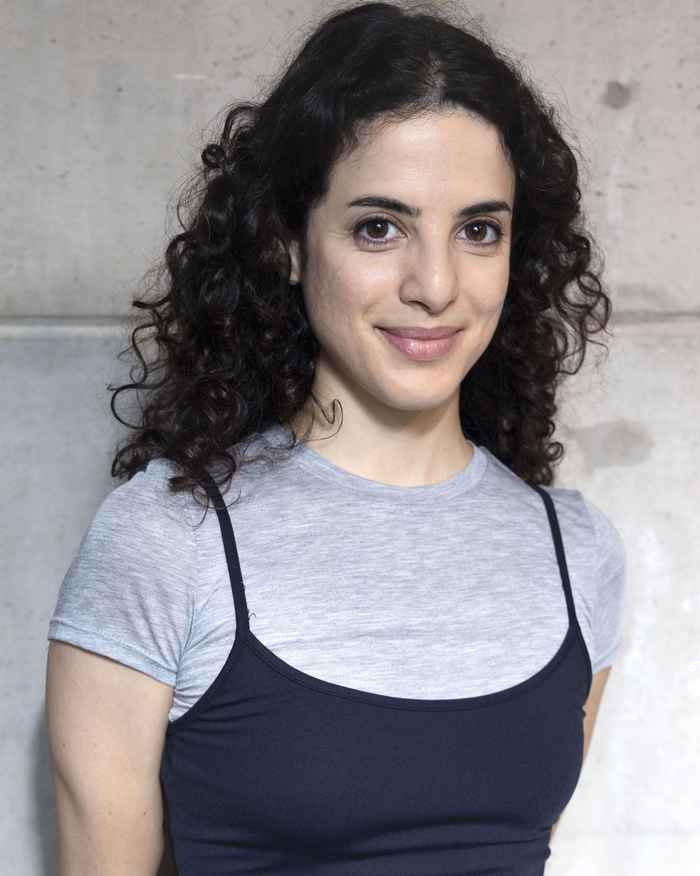Who are you?
I am Zoi, and I believe that the space and experience of art can move us and make us think critically. After 10 years of studying and working as an architect, I decided to shift my focus towards art, culture and museum spaces. This year I completed my Master’s in Museum Studies at the University of Amsterdam.
I’ve always loved art, even though it often felt elusive. During my architecture degree, I spent five years studying art and architecture history and slowly began to understand it better, to connect it to the politics of its time, peeling back its hidden layers. But what happens when this knowledge is missing, when we stand in front of art feeling like we just don’t get it? How do we challenge the idea that art is elitist and pretentious? How do we reveal the politics of art and show that art and space concern everyone?
For me, exhibitions are a way to democratize art, history and knowledge. They can be sites for community, political awakening, and critical engagement. I believe exhibitions shouldn’t place audiences passively before artworks but bring people into active relation with art and the world at large. I see space and design as key forces in this connection. When approached critically and experimentally, exhibition displays move beyond scenography and become political infrastructures: spatial experiences that act as testing grounds for radical imagination and critical discourse.

What do you personally hope to learn from your residency?
Over the past year and a half of my Master’s, I had the opportunity to explore my thoughts on the politics of art and space mostly through a theoretical lens. This exploration sharpened my beliefs, but it hasn’t yet been fully tested in practice. This residency gives me the opportunity to put my ideas to the test in real time, in collaboration with art spaces, field experts, artists, and curators but most importantly through conversations with real audiences—the people that will take part in the events. I am looking forward to these interactions and to learning and asking together: How can space and art affect us? Can they prompt meaningful conversations? Can they challenge us and make us think critically? Can art be accessible to all?
What motivates you to make this programme and why do you want to do it?
As I said, art has always been for me both a source of intrigue and of confusion and frustration. One of the richest experiences during my Master’s was the endless conversations I had with my peers, which showed me I was not alone in this confusion—in questioning how art is traditionally shown and experienced, but also in recognising its power and potential to move us and prompt us to think critically, actively and politically. I want to carry the energy of these inspiring conversations into this programme.
Since I’m also still fairly new in this field, I’m excited to, together with the audience, peek behind the scenes of art spaces, processes, and practices, and come a little closer to a field that often feels exclusive and untouchable. For me, this programme is an opportunity to ground art experiences in real life through real people, demystify them, and make them feel less high-brow and more accessible to all.